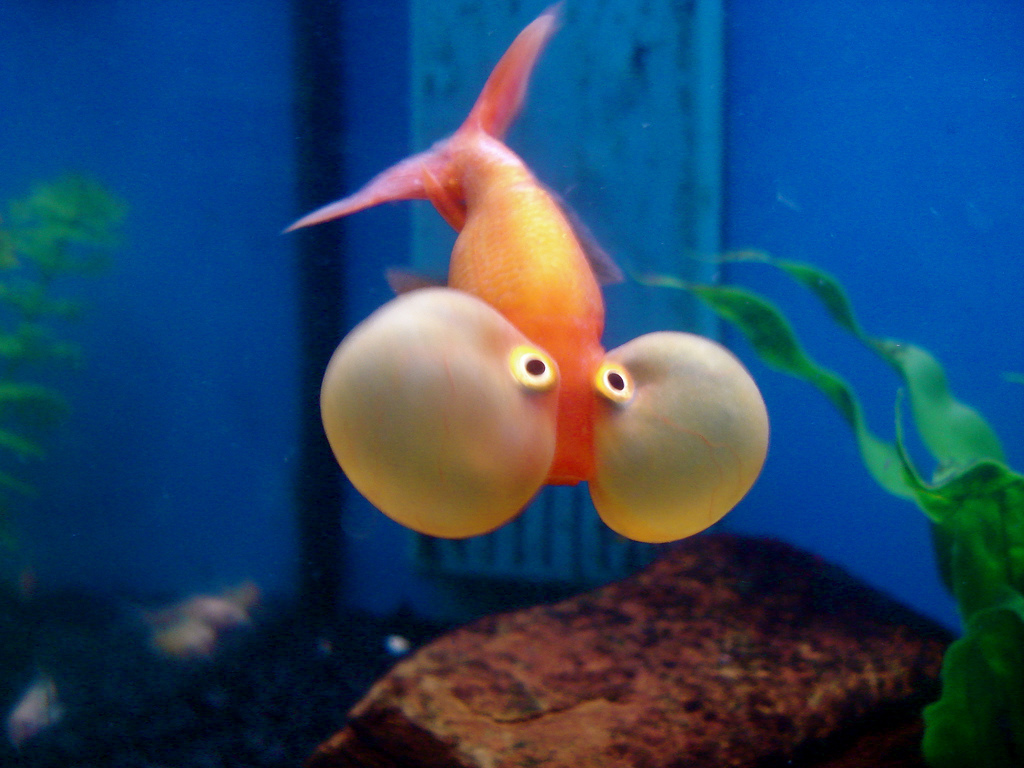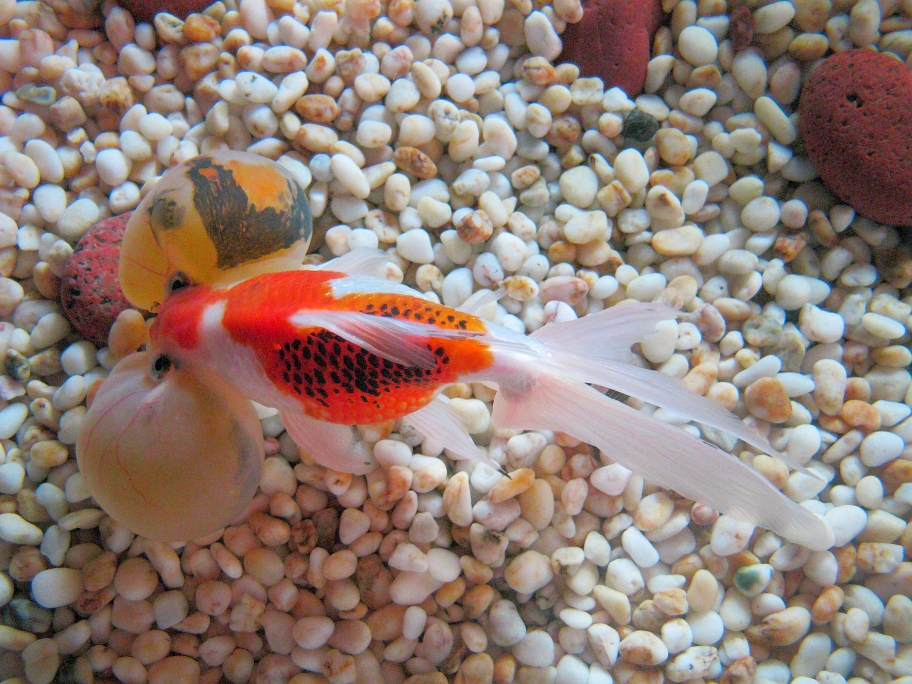Step into the intriguing universe of the Bubble-Eyed Goldfish. This aquatic gem, with an appearance that almost seems unreal, captivates with its eccentric charms. Notably identified by their water-filled cheek sacs, these captivates are favored for their unique look. Let’s journey into their fascinating world and uncover essential care tips for these aquatic pets.
The Unique Appearance of Bubble-Eyed Goldfish

On first sight, these finned friends might come across as an oddity due to their large eye sacs. However, they grow on you as you get to know them. The “pop-eyed” misnomer doesn’t adequately fit since their eyes look almost normal. What does stand out are the water-filled sacs or bubbles that start to show when the fish is around half a year old. Over time, these sacs grow larger and could potentially impair their vision.
Precise care avoids accidents
Their unique anatomy requires cautious handling. Sharp objects or edges that pose no threat to other fish could potentially puncture these water-filled bubbles. While the bubbles regrow after a mishap, there lingers a risk of infection in the open wounds. Hence, it’s important to provide a safe environment, free of sharp edges.
Harmonizing the Bubble Eyed Goldfish with Other Species

The appeal of the Bubble Eyed Goldfish extends not just to their fascinating looks but also to their sociable nature. However, their nature as slow swimmers could impact their food competitive abilities. It’s vital to ensure balance when housing them with other species, like the Lionhead Goldfish.
Nourishing Your Bubble Eyed Goldfish

On the menu for the Bubble Eyed Goldfish, you’ll find fresh, frozen, or flake foods. Being fans of a diverse diet, they’re also enjoy brine shrimp and blood worms. Clean water is essential, and a larger surface area of water is preferred over a small goldfish bowl. Highlights of their care requirements include:
- Frequent water changes to keep it clean.
- A functional filtration system to manage waste.
- Water temperature at or slightly below room temperature.
- Avoid full water replacements to prevent stress.
All in all, these enchanting aquatic treasures, while unique in their requirements, bring a vibrant and exciting world for those dedicated to their care.
Related Resources: